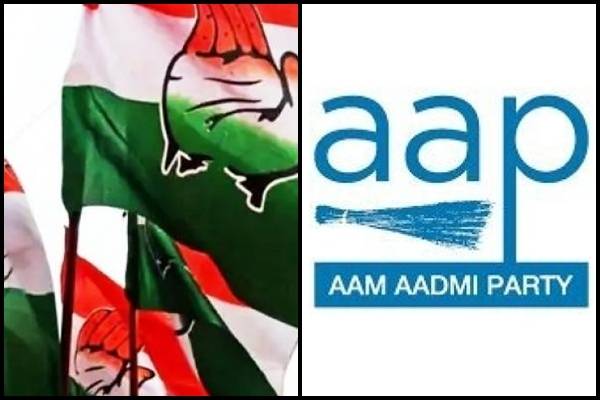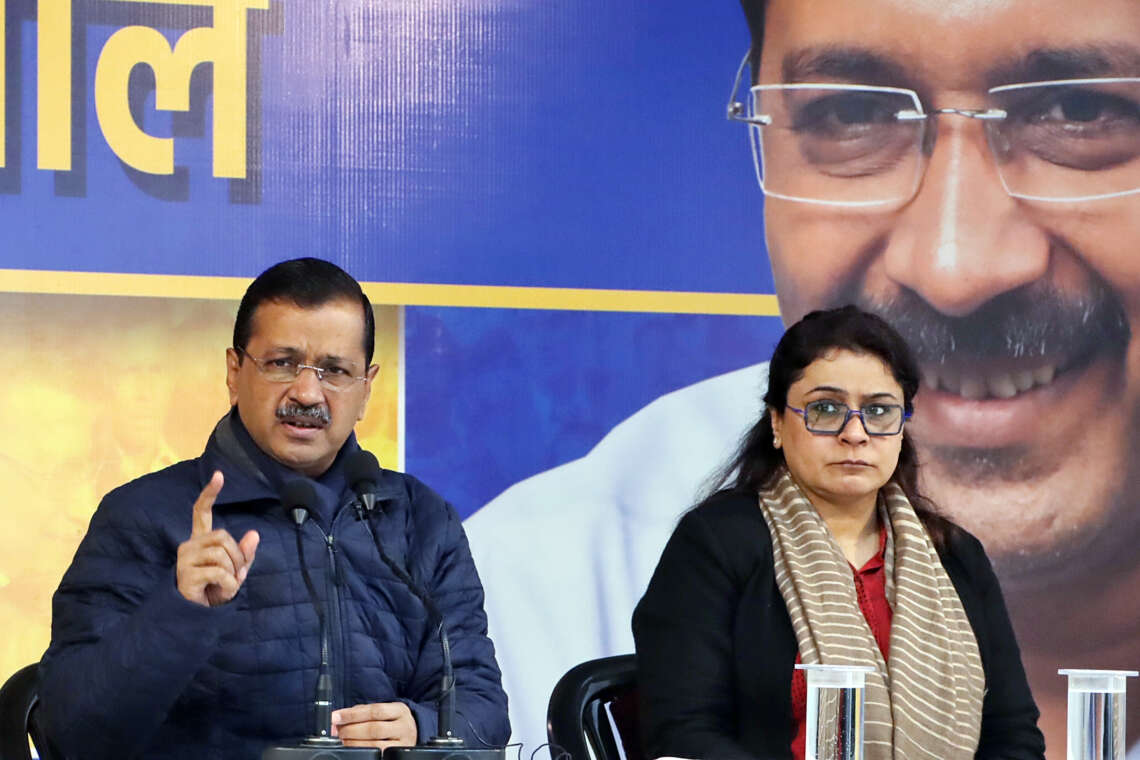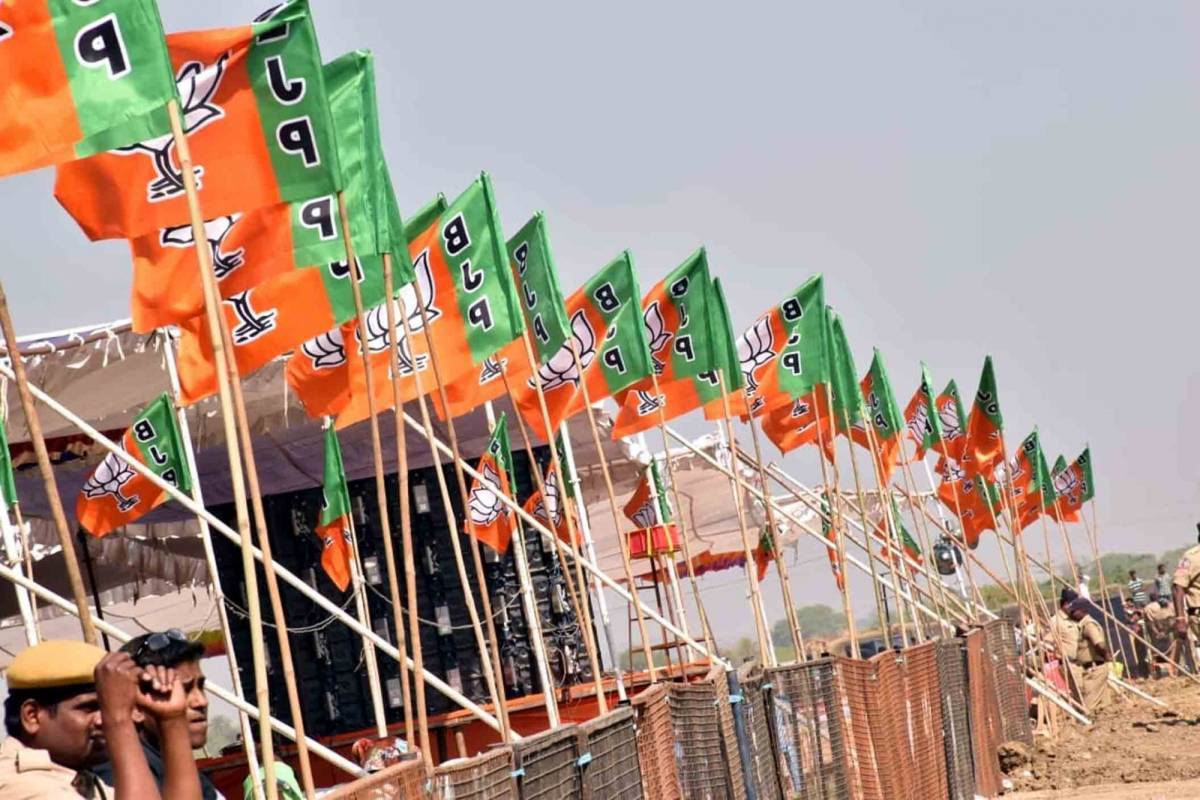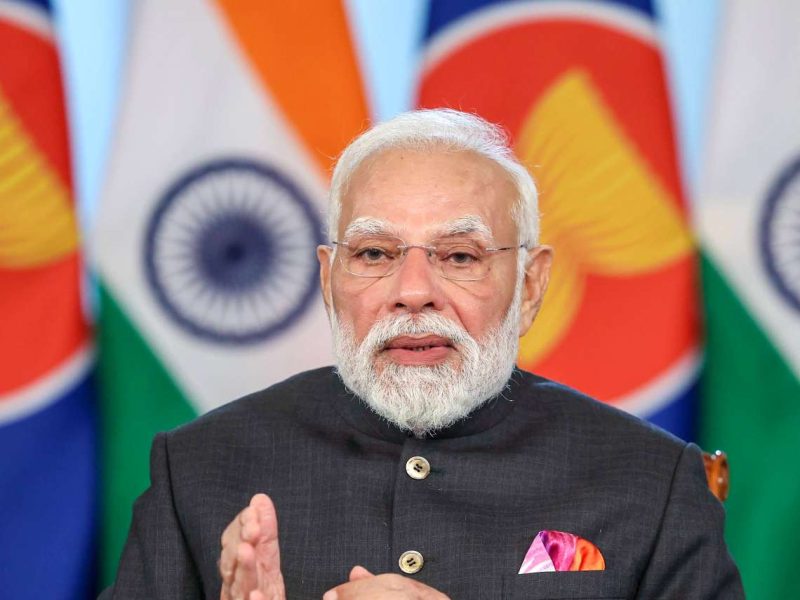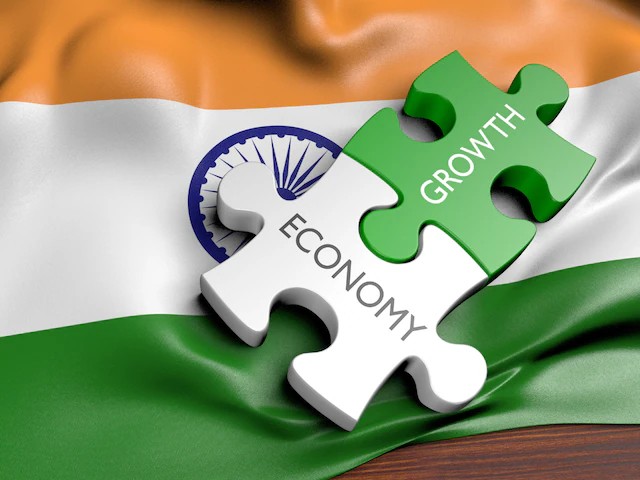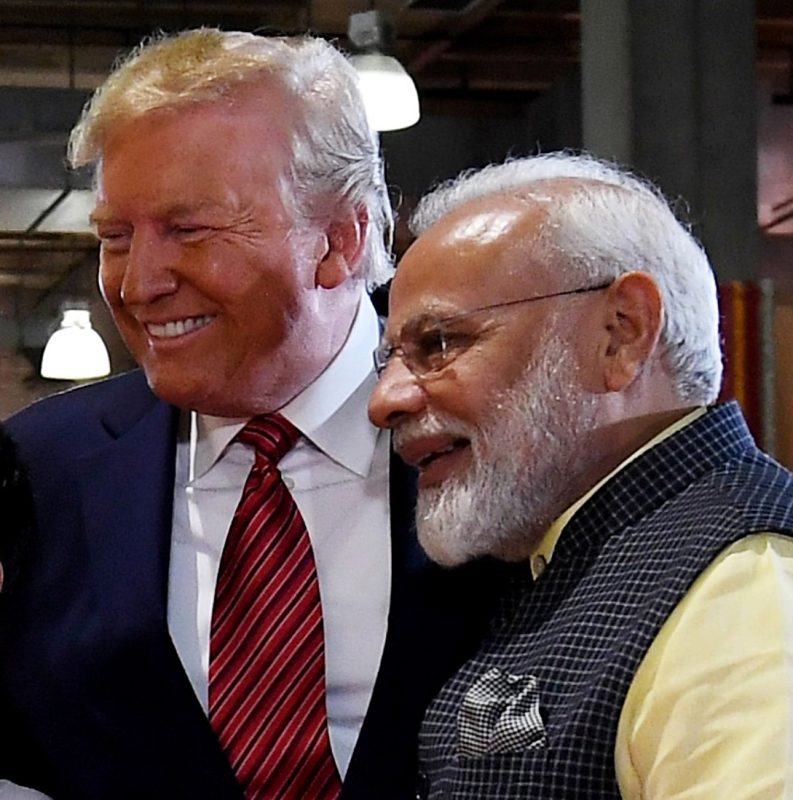The surprise of the pack is AAP’s Bhagwant Mann, who has shot to 23 per cent approval rating in the latest round of the survey, up from 13 per cent last time…reports Asian Lite News
The Aam Aadmi Party (AAP) and the Congress are projected to poll 40 per cent and 36 per cent votes in Punjab, respectively, as per the ABP-CVOTER Battle for the States survey.
The 117-member Punjab Assembly will go to the polls on February 14, and the counting of votes will be taken up on March 10.
The numbers could propel the AAP in pole-position as far as the race for Punjab is concerned, as per the survey.
But despite the lead in vote share, AAP may just fall short of majority due to regional distribution of voter base. Also, Congress is benefiting from its Mayawati moment by installing the first Dalit CM in the state, Charanjit Singh Channi, thus consolidating its hold over Dalit voters.
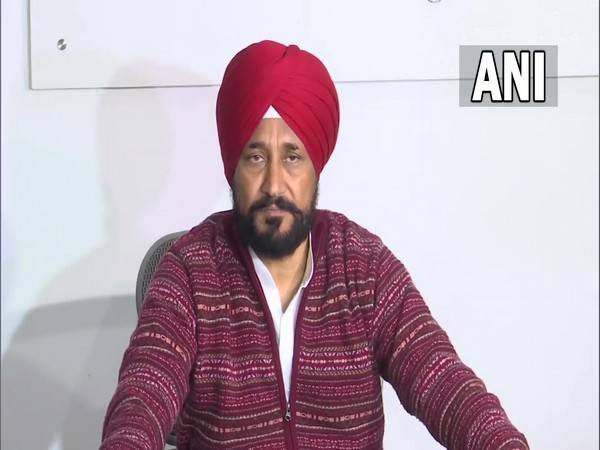
The sample size for the survey was 14,360 across 117 Assembly seats in Punjab.
Regardless of AAP’s continued lead, there is a distinct possibility of amplification of the current trend of convergence with Congress’ vote share. If the race tightens any further, the eventual outcome will be decided on a seat-by-seat basis. Therefore, candidate selection may become very important.
Which brings us to the conclusion that this is a waveless election in Punjab. For all the political and social turmoil witnessed in the state, the electorate is remarkably split in its expression. If this situation continues to hold for another month, we may see a hung Vidhan Sabha in Punjab with AAP emerging as the single largest party, closely followed by the Congress.
Shiromani Akali Dal’s (Badal) projected vote share has declined by 2 per cent from the last round, and it is expected to poll 18 per cent votes and may win around 20 seats in the Badal family strongholds. Currently it seems to be out of reckoning, but the party’s performance will most certainly act as the tie-breaker between AAP and Congress.
Amarinder Singh’s alliance with the BJP does not seem to be adding up to anything significant. Currently the vote share (2.5 BJP) and seat share (2 seats) of the grouping is projected to remain in lower single digits. However, the alliance’s performance may influence the fate of around 30 seats.
Chief Minister Charanjit Singh Channi is preferred by 29 per cent Punjabis as the CM candidate in 2022 polls, and interestingly this number corresponds to the rough headcount of Dalit population in Punjab. Congress President Navjot Singh Sidhu is preferred by only 6 per cent of the voters. AAP’s Arvind Kejriwal is preferred by 17 per cent voters while Sukhbir Singh Badal of the SAD is the choice of 15 per cent Punjabis.
The surprise of the pack is AAP’s Bhagwant Mann, who has shot to 23 per cent approval rating in the latest round of the survey, up from 13 per cent last time.
If AAP declares him as the CM face, it could consolidate his numbers further as the total support for Kejriwal and Mann is almost 10 per cent more than Channi and 5 per cent more than Channi and Sidhu put together.
Regionally, the Dalit population is more concentrated in Doaba and Majha regions that account for a total of 48 seats. The Congress is projected to win 25 out of its 40 seats from these two regions. AAP is doing significantly better in Malwa region that accounts for the remaining 69 seats. It is expected to win 41 of its 55 seats from Malwa alone.
Therefore, the three X factors that will ultimately decide the Punjab verdict are as follows :
* The relative sweep of AAP and Congress in their respective strongholds
* The performance of Akali Dal and its potential impact on AAP and Congress
* Ability of Amarinder Singh to dent the prospects of Congress
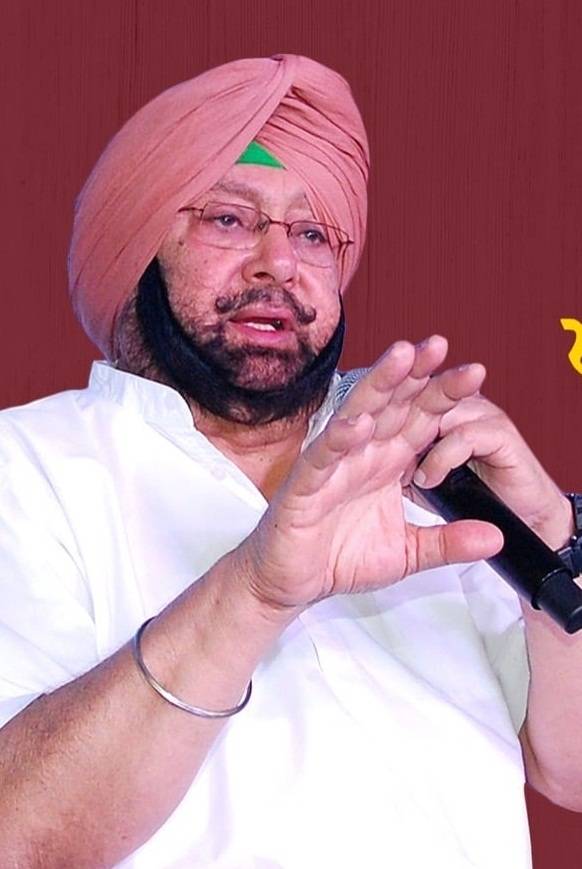
For now, despite a reenergised and repositioned political stance, Congress is facing more headwinds than AAP. Also, the rural peasantry, fresh from the protests at Singhu border, is unlikely to fully trust the Akali Dal or Congress. Both these parties have baggage with Jatt farmers that dominate the rural polity.
In terms of Jatt Sikh politics, the survey projections are indicative of an emerging vacuum. From 1997-2021, Punjab saw a duopoly of Badal-Amarinder, and currently no leader is polling enough support to inherit the mantle of Jatt leadership. Sukhbir Badal is liked by some sections while others prefer Bhagwant Mann. Navjot Sidhu’s theatrics have not helped him gain traction in state politics, despite the outsized media imagery projected.
ALSO READ-BJP to showcase law and order, Hindutva to woo voters


